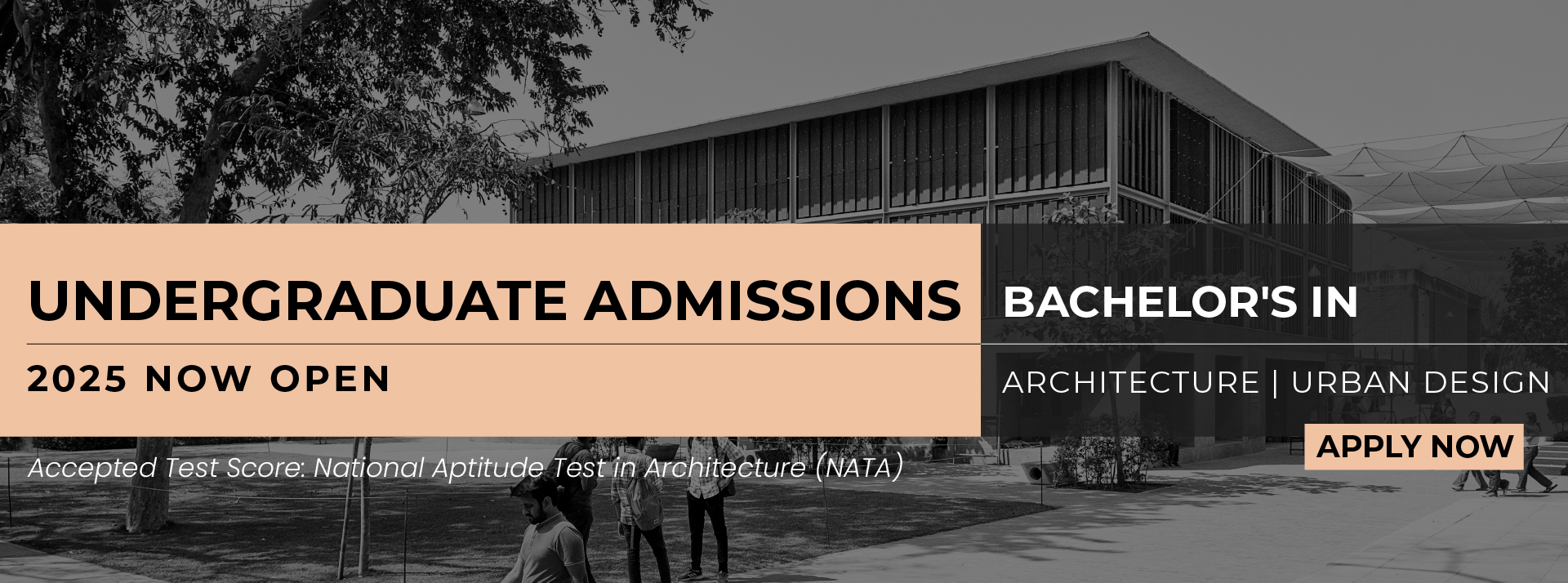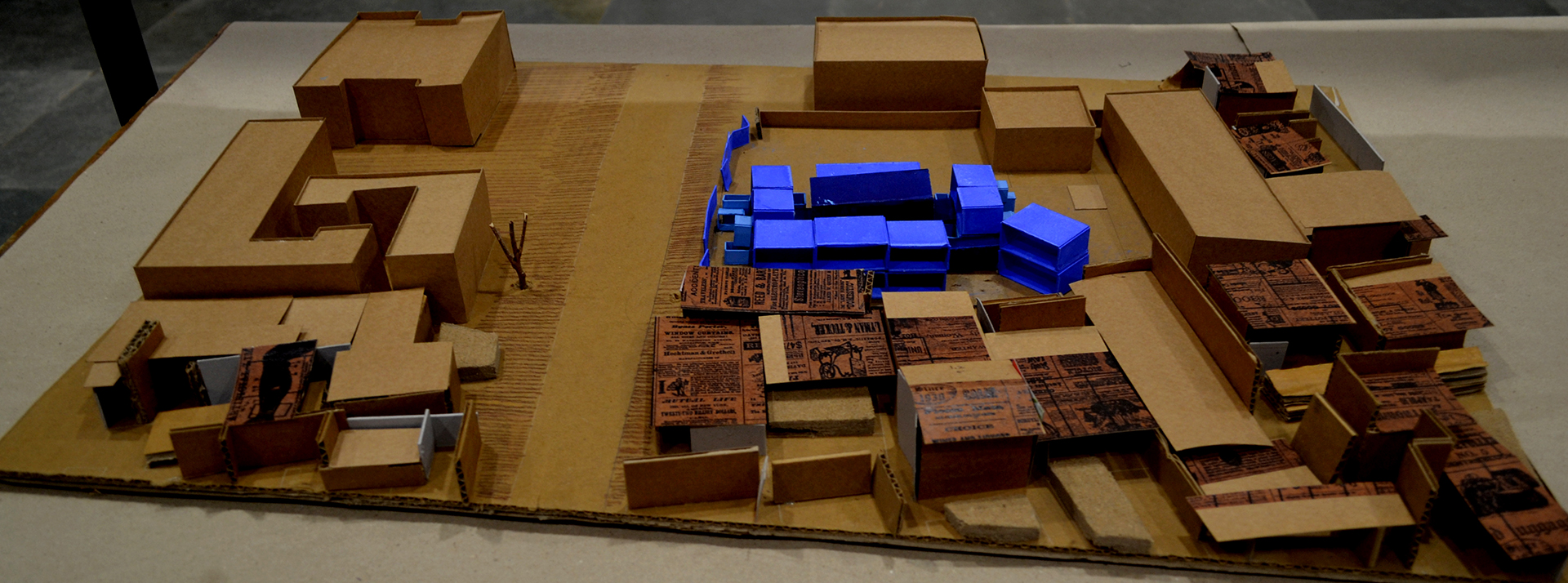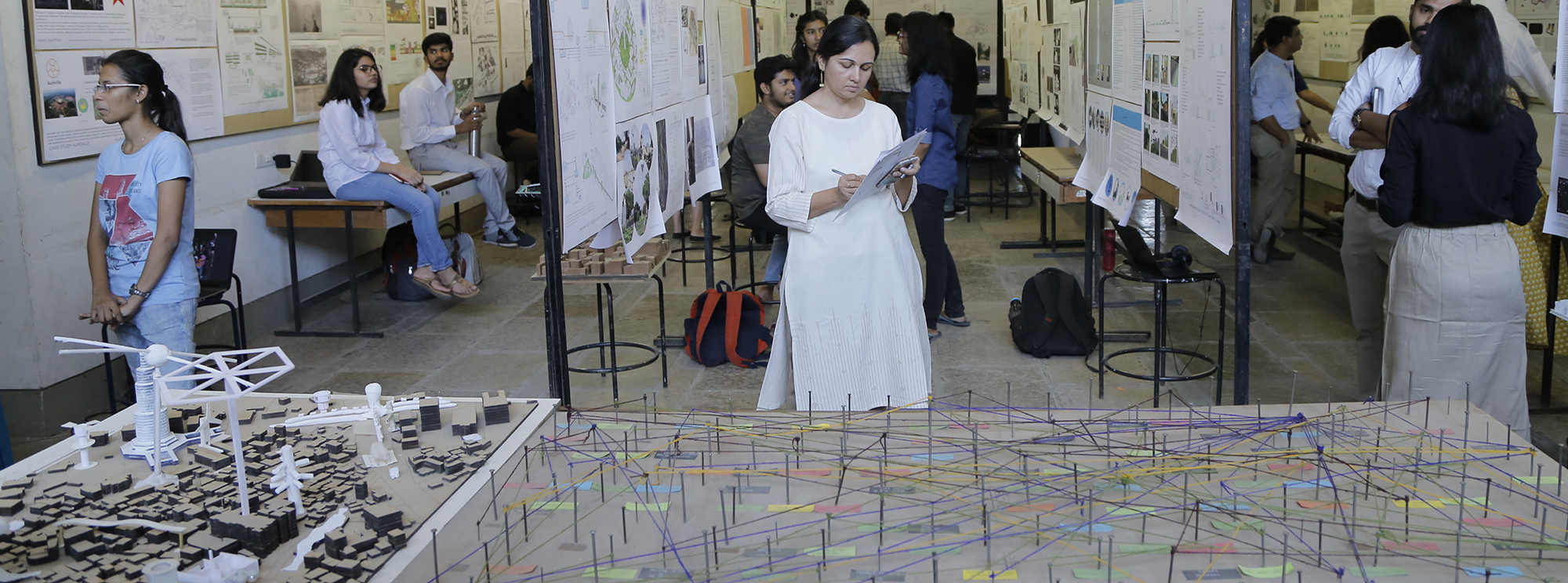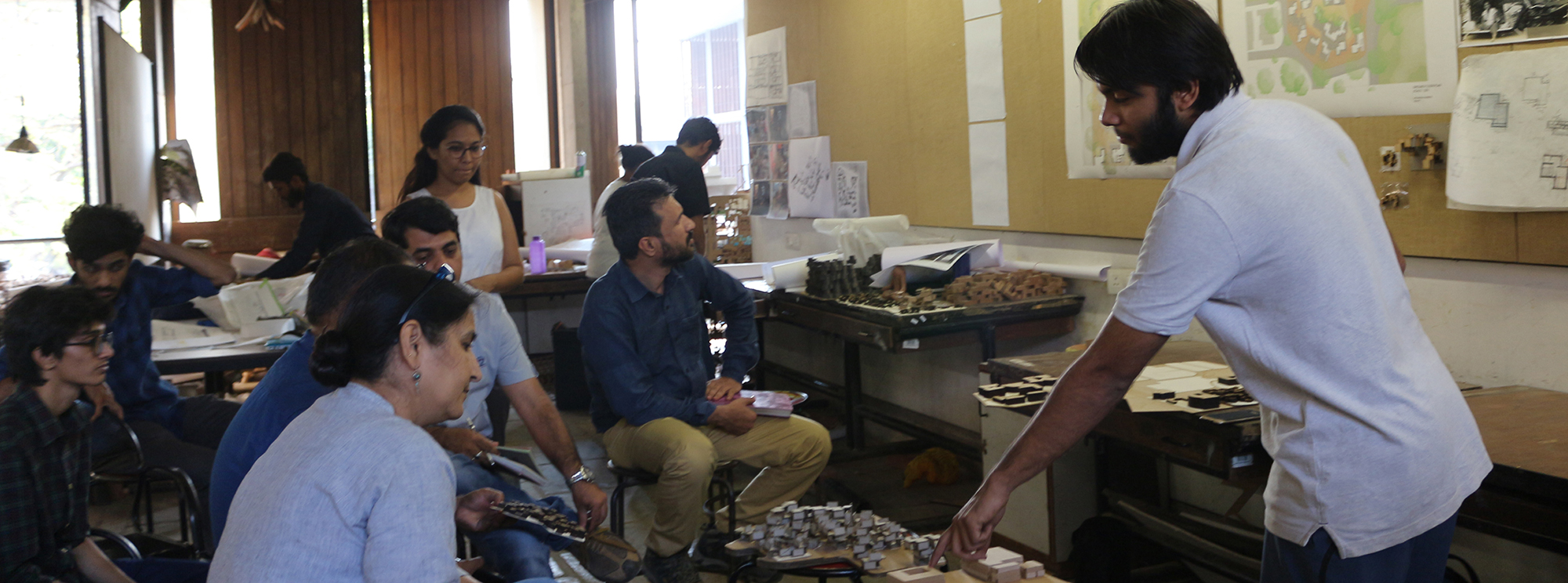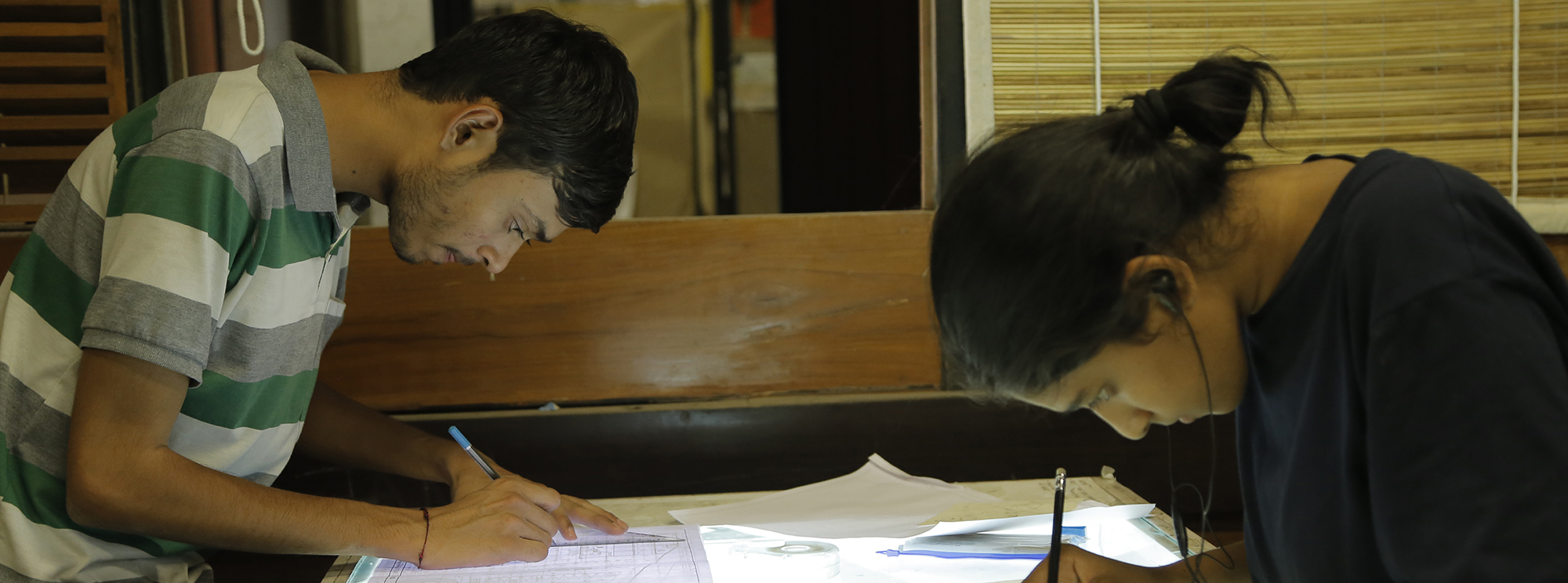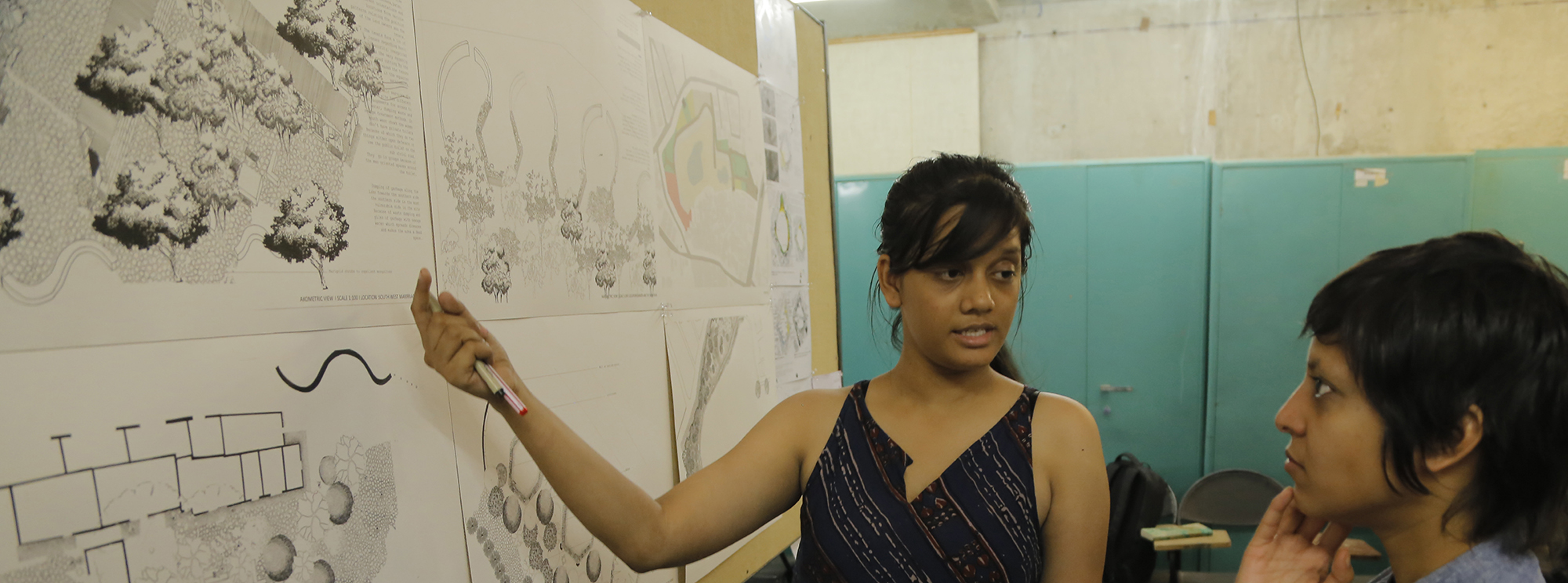Bachelor’s in Urban Design
Admissions 2025
Indian economic growth and urbanization is leading cities to expand at a rapid rate. For cities to provide livable habitat to their residents, design interventions are necessary. But the types of design problems that Indian cities face are not bound by a site or individual. They are rooted in the social and cultural relationships, political frameworks, and economic dynamics that impact the physical landscapes and systems that form a city. The lack of coordination among these systems is most apparent in the neglect of public space. To address this, the Indian urban landscape requires design professionals who are trained particularly for the complexities of design in the public realm.
This program gives students a professional training that equips them to work as designers of public space, and to analyze the urban environment and its systems, at multiple scales. This is a new approach to design education that is tailored specifically for the urban public realm, and it brings together the design and study of the city in ways that encourage innovative, cross-disciplinary thinking, and solutions to the problems we face in urban India.
The program is organized in three phases: Foundation (Year 1), Exploration (Years 2-3), and Synthesis (Years 4-5). In the Foundation year, students join all other undergraduates in the CEPT Foundation Program. There, they focus on developing basic representational, observational, and analytical skills. In the Exploration Phase, students build design skills through the execution of structured design methods, focusing on representation, construction & specification, and planning & organization. In the Synthesis Phase, students are expected to use the skills they have developed to address complex problems and situations, in studios, at their professional internship, or through a directed research project (DRP).
Studios anchor the semester. In studios, professors set life-like problems for students, and guide them as they design their own response. Courses, seminars and workshops run parallel to the studio, and give students a breadth of knowledge in three streams related to the city: technology, society structures, and history. These skills will allow graduates to effectively support projects in many capacities related to the urban realm, like the design of streets and junctions, parks, gardens, playgrounds, waterfront areas, bus stops, and transport facilities. They will also be able to give form and character to groups of buildings or neighbourhoods, design and organize processes of engagement with people, and evaluate and analyse the urban environment.
This program is a response to the growing complexity of our urban habitats, and the urgency that we face in making good decisions about their development. Located in CEPT University, a university dedicated to habitat, students will benefit from the many types of expertise available to support an education in urban design for the city.

